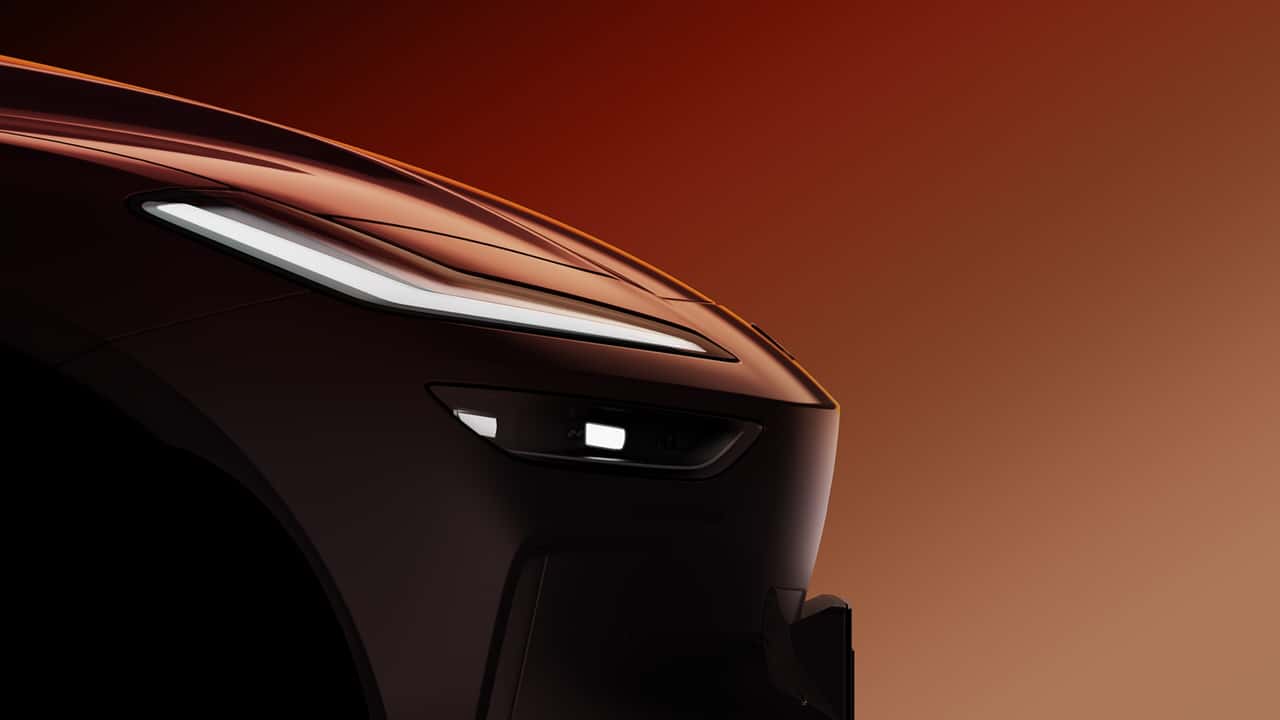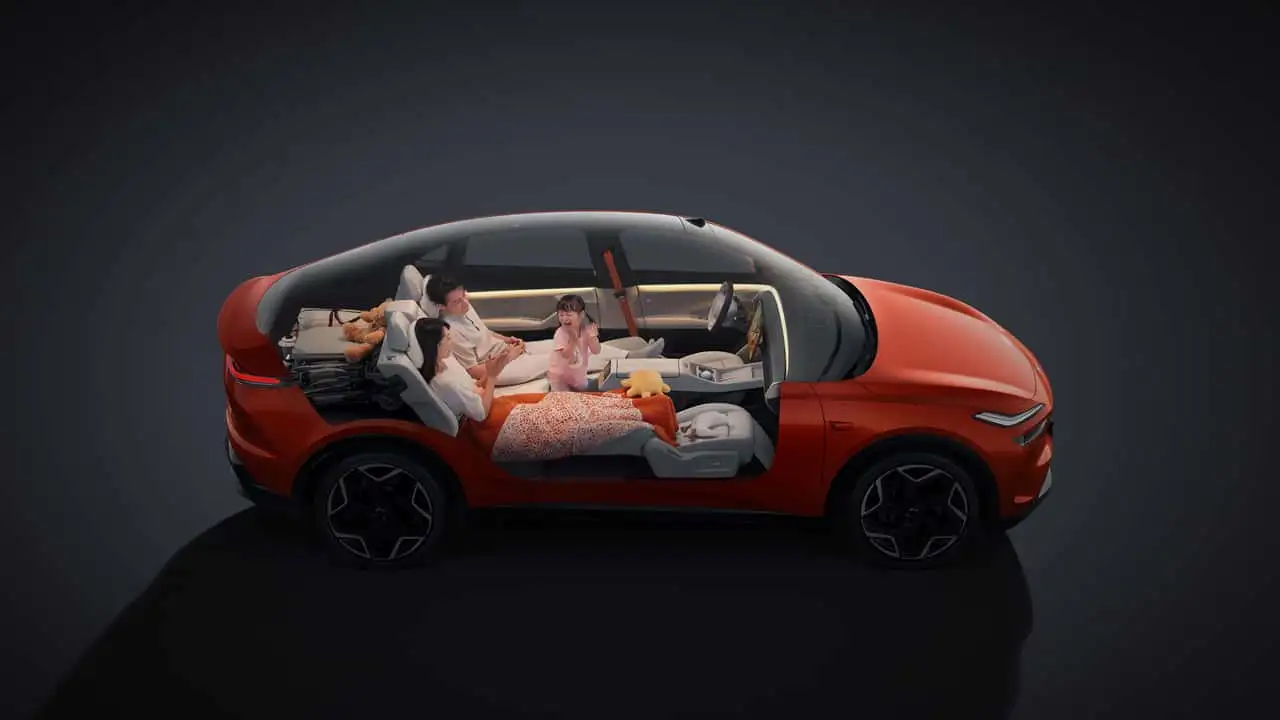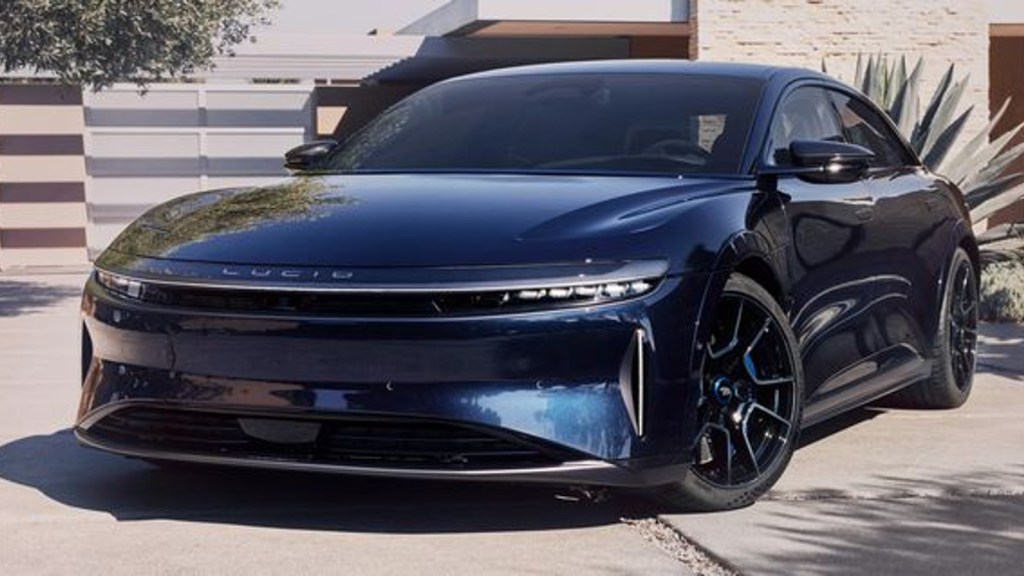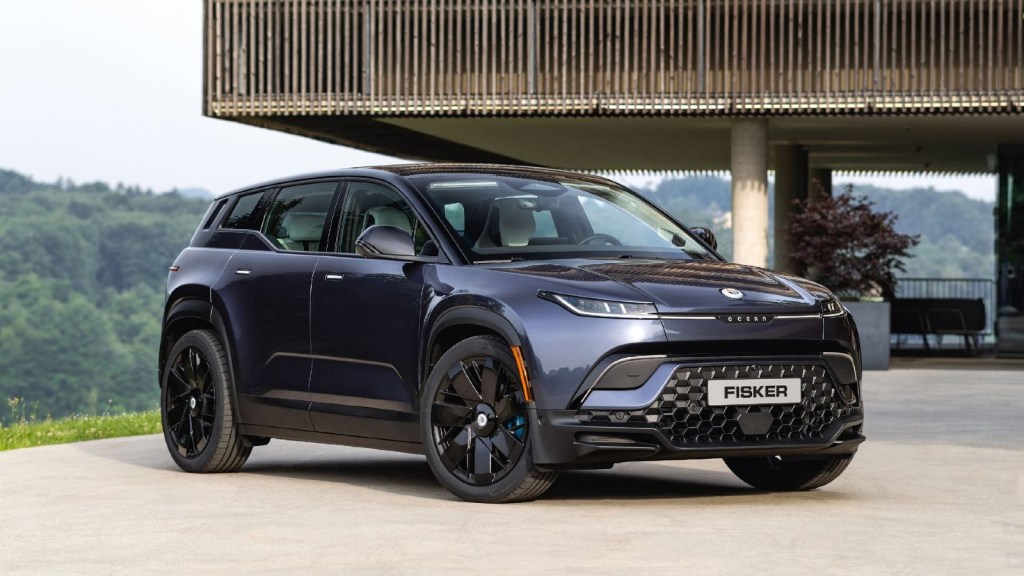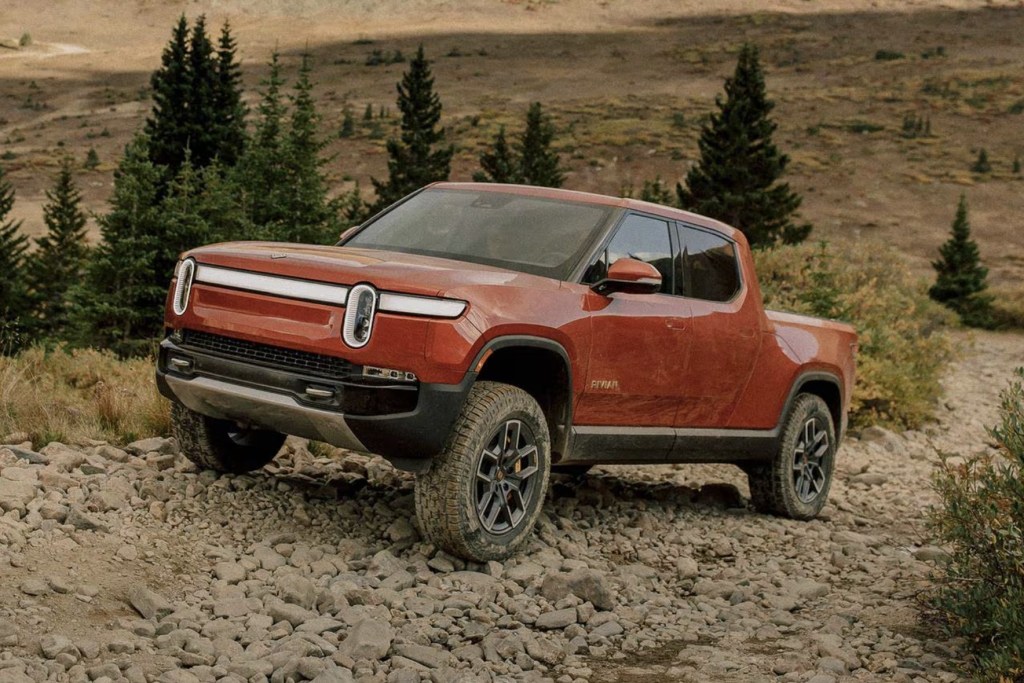Innovation on the Freeway
Tesla’s pursuit of innovative automotive technology continues, as evidenced by the recent sighting of a modified Model 3 prototype on the streets of Palo Alto, California. Unlike traditional models, this vehicle, sporting Texas manufacturer plates, featured no side mirrors and an unusual arrangement of cameras around its chassis. This intriguing setup fuels speculation that Tesla might be testing configurations for fully autonomous vehicles or introducing futuristic features like digital mirrors in upcoming models.
Rethinking Vehicle Mirrors
The absence of side mirrors and the prominent placement of side repeater cameras suggest that Tesla is experimenting with digital mirrors. These systems, which replace conventional mirrors with camera feeds projected onto internal screens, could enhance aerodynamics and safety. Such technology is not new—companies like Honda, Lexus, and Audi have already implemented similar features—but Tesla’s integration could push the boundaries further by enhancing visibility and reducing blind spots.
Technological Shifts and User Adaptation
The adaptation required for drivers with Tesla’s potential new system is significant. Traditionally, drivers look towards the A-pillar where mirrors are typically located, but with Tesla’s prototype, no screens were visible in the expected positions, suggesting a possible central display of camera feeds. This change would require drivers to adjust to looking at a central screen for peripheral views, a shift that, while seemingly minor, involves significant retraining of driving habits. As Tesla moves forward with these innovations, the impact on driver interaction and vehicle design continues to evolve, marking a significant step in the evolution of automotive technology.

